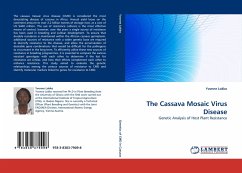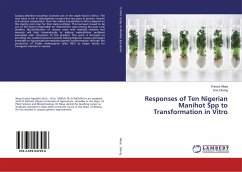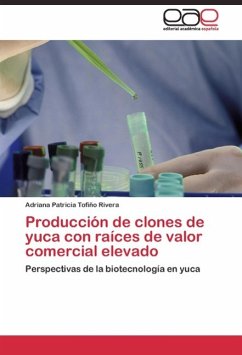The cassava mosaic virus disease (CMD) is considered the most devastating disease of cassava in Africa. Annual yield loose on the continent amount to over 2.2 billion tonnes of storage root, at a cost of US $440 million. The use of resistance cultivars is the most effective means of control, however, over the years a single source of resistance has been used in breeding and cultivar development. To ensure that durable resistance is maintained within the African cassava germplasm, additional sources of resistance with a wider genetic base are required to diversify resistance to the disease, and allow the accumulation of desirable gene combinations that would be difficult for the pathogens to circumvent in the long term. To efficiently utilise these new sources of resistance in breeding programmes, it is essential to compare the various resistant genotypes with each other to determine if the loci for resistance are similar, and how their effects complement each other to enhance resistance. This study aimed to evaluate the genetic relationships among the various sources of resistance to CMD and identify molecular markers linked to genes for resistance to CMD.








